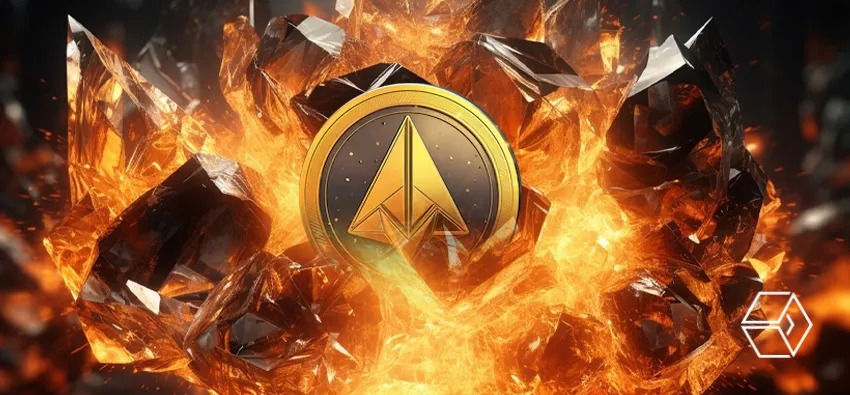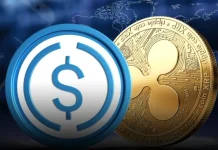
The rate at which newly issued tokens are distributed on the Ethereum network is progressively decelerating. The amount of Ether burned by the network is influenced by the most recent Dencun upgrade, the quantity of efficient transactions, and the level of explosive activity on Ethereum networks.
Ethereum gained notoriety as the first blockchain to begin burning a portion of the user fee expended on transactions following the implementation of EIP-1559, a crucial component of the London hard fork.
The novel advancement will contribute to the network’s counterbalance against the issuance of Ethereum tokens. The fiscal policy that will result from the recent action will be more justifiable.
In 2022, the Ethereum network experienced deflation, and in recent months, the rate of token combustion on Ethereum has slowed. The user community benefits from the low transaction fees associated with the Ethereum network, and the deflationary status of Ethereum will be lost if it is unable to generate sufficient activity to compensate for the decline.
The most recent developments cast doubt on the viability of the economic model that the Ethereum network has proposed. Since Ethereum users conducting transactions on the network must pay Ether-denominated fees, the decline of Ethereum is decelerating.
The Ethereum fee includes a network-charged base fee and a block builder-provided priority fee. Ethereum burns the base fees and gives priority fees to processed transactions. When activity on the Ethereum network increases, the base fees paid by users rise. In order to maintain deflation, the Ethereum network must burn a sufficient quantity of Ether, which is achieved by keeping the base cost above 23 gwei.
Gas fees have averaged 41 gwei during the last 1,000 days. The expected annual decrease in the supply of Ethereum, if current trends persist, is 0.76 percent. By introducing a new feature in the Dencun upgrade, Ethereum significantly reduced the costs that Ethereum layers had to pay to transmit transactions to the Ethereum network. The reduction was a staggering 98%.
Ethereum transaction fees have decreased by an average of 7 gwei since May 2, from 58 gwei on March 13, since the introduction of Dencun. Ethereum is losing more users to layer 2 networks, which are Ethereum-based blockchains designed for security. Ethereum transaction volume has been in a downward trend since its peak of eleven million transactions per week in 2021.
The weekly volume of transactions on the main layer 2s, Optimism and Arbitrum, has increased to 18.5 million. Code enhancements will also aid fee reductions in the future months; Uniswap v4, the latest version of the decentralized exchange, features a variety of optimizations that serve as a model for this trend.
V4 is expected to significantly improve gas efficiency between liquidity operations and swaps, while also reducing the cost of creating new liquidity pools by 99 percent. Transaction fee optimizations will likely be included in future versions of other popular Ethereum protocols as well.












